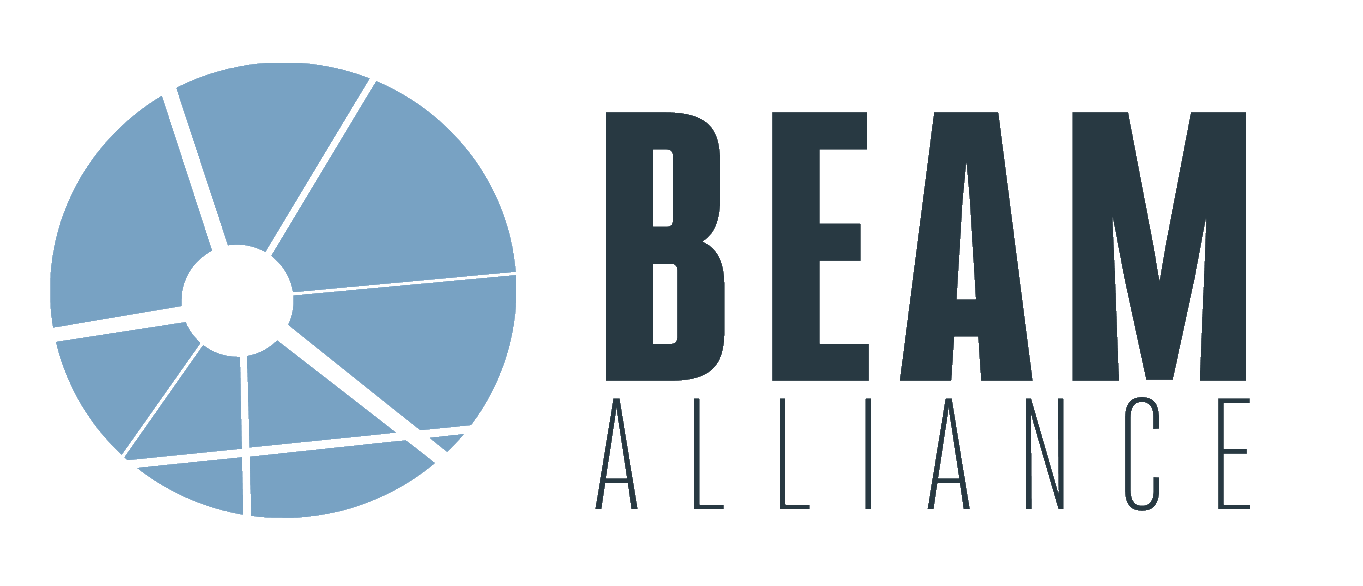NovaBiotics Announces Publication of Data Elucidating NP339’s Broad Antifungal Activity in Antimicrobial Agents and Chemotherapy

- Peer reviewed journal article highlights Company’s novel antifungal peptide’s activity against a broad range of fungal pathogens with no off target cytotoxicity
Aberdeen, June 1, 2021. NovaBiotics Ltd, a privately held clinical stage company developing novel immune based therapies for life threatening and life limiting diseases, announces that data elucidating NP339’s broad antifungal activity was published in the peer-reviewed journal, Antimicrobial Agents and Chemotherapy, in an article titled, “Preliminary Characterisation of NP339, a Novel Polyarginine Peptide with Broad Antifungal Activity.” The complete article can be accessed here.
NP339 is NovaBiotics’ novel synthetic peptide with rapid fungicidal activity, engineered from a template of endogenous host defense peptides. NP339’s physicochemical properties and mechanism of action are distinct from existing antifungal drug classes. NP339 has activity against a broad range of clinically relevant molds and yeasts, including Aspergillus spp, Candida spp, Cryptococcus spp and emerging and drug resistant fungal pathogens (including C auris, Scedosporium spp., Exophiala spp., Mucorales).
The published study highlights NP339’s characteristics and shows it specifically targets the fungal cell membrane and remains active in various biological matrices including blood and saliva. In addition, the results demonstrate that NP339 was well tolerated in vivo as it specifically acts on fungal cells and has no cytotoxicity to mammalian cells. The data show NP339’s efficacy in in vivo models of fungal infection and demonstrate that NP339 did not elicit resistance in vitro and showed no cross-resistance in fungi that are resistant to other classes of antifungals, including Candida auris.
Deborah O’Neil, PhD, OBE, FRSE, Chief Executive Officer of NovaBiotics, commented: “Development of antifungals with no off-target pharmacology is challenging because fungi are eukaryotic cells with certain similarities to mammalian counterparts. Given its broad spectrum of activity, high specificity for the fungal cell, and low apparent toxicity, we believe NP339 is an especially attractive drug candidate. This is particularly important as the incidence of fungal infections is increasing at an alarming rate, presenting an enormous challenge to healthcare professionals1 and underscoring the great need for novel therapeutic modalities, such as NP339.”
“We are actively pursuing NP339’s further development for application against specific fungal diseases, with plans to complete Investigational New Drug (IND)-enabling studies (for an intravenous form of NP339) in the near term. We expect to finalise plans for and potentially initiate first-in-human Phase 1 safety and dose escalating studies in 2022,” added Dr. O’Neil.
Fungi cause disease in nearly one billion individuals worldwide and each year nearly two million deaths worldwide are caused by Invasive Fungal Disease (IFD). These infections are associated with high mortality and morbidity, comparable with tuberculosis and three times higher than malaria. Only three classes of antifungal agents are in mainstream clinical use and these are often limited by adverse side effects, drug–drug interactions and resistance.
Full PR available here

